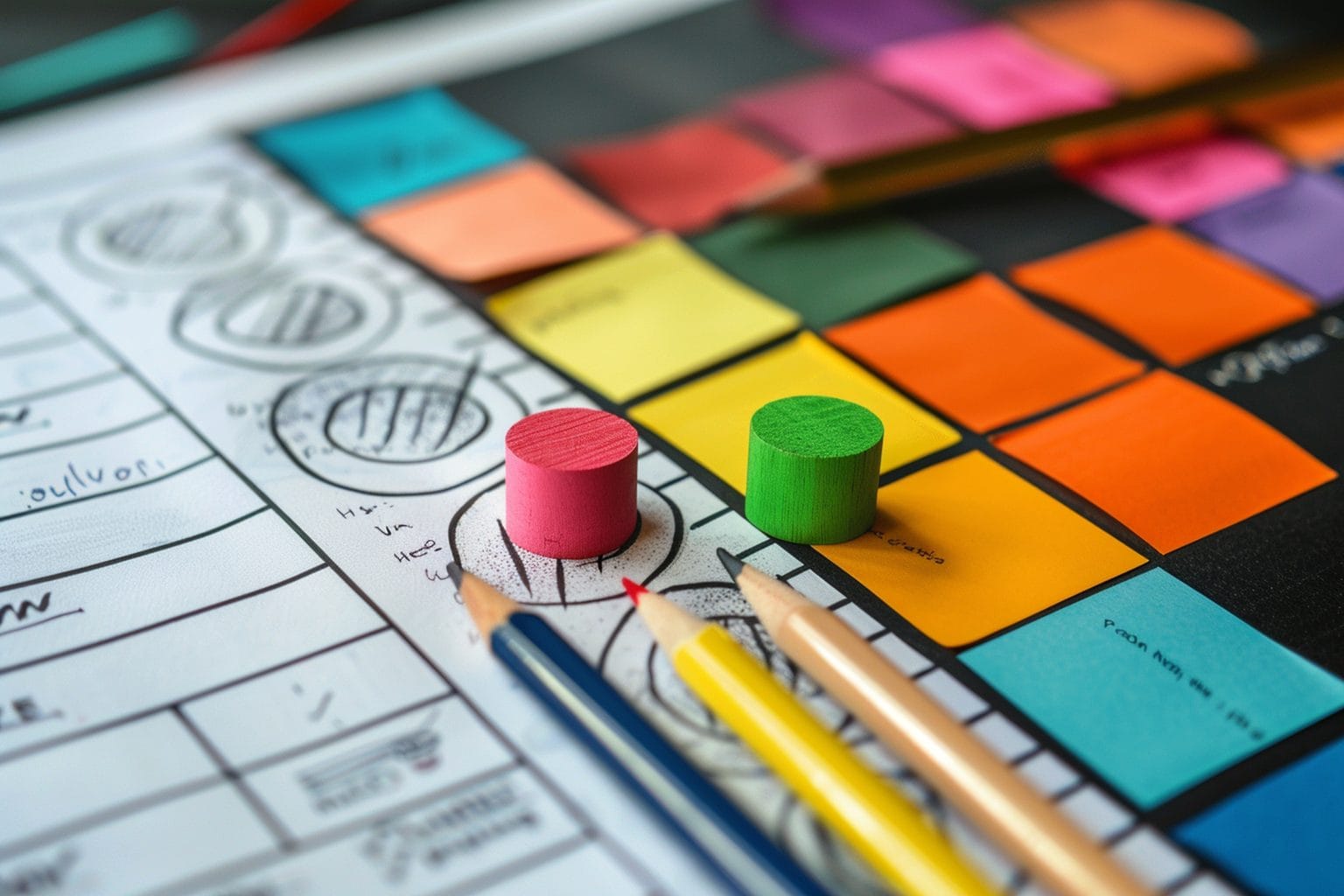These are the 3 Core Components of a Strong SEO Strategy. No2 Content
To optimize a site, you need to improve ranking factors in three areas — technical website setup, content, and links. So, let’s go through them in turn.
Content
Every time you use a search engine, you’re looking for content — information on a particular issue or problem, for example.
True, this content might come in different formats. It could be text, like a blog post or a web page. But it could also be a video, product recommendation, and even a business listing.
It’s all content.
And for SEO, it’s what helps gain greater search visibility.
Here are two reasons why:
For one, content is what customers want when searching. Regardless of what they’re looking for, it’s content that provides it. And the more of it you publish, the higher your chance for greater search visibility.
But also, search engines use content to determine how to rank a page. It’s the idea of relevance between a page and a person’s search query that we talked about earlier.
While crawling a page, they determine its topic. Analyzing elements like page length or its structure helps them assess its quality. Based on this information, search algorithms can match a person’s query with pages they consider the most relevant to it.
The process of optimizing content begins with keyword research.
Keyword Research
SEO is not about getting any visitors to the site. You want to attract people who need what you sell and can become leads, and later, customers.
However, that’s possible only if it ranks for the keywords those people would use when searching. Otherwise, there’s no chance they’d ever find you. And that’s even if your website appeared at the top of the search results.
That’s why SEO work starts with discovering what phrases potential buyers enter into search engines.
The process typically involves identifying terms and topics relevant to your business. Then, converting them into initial keywords. And finally, conducting extensive research to uncover related terms your audience would use.
We’ve published a thorough guide to keyword research for beginners. It lays out the keyword research process in detail. Use it to identify search terms you should be targeting.
With a list of keywords at hand, the next step is to optimize your content. SEOs refer to this process as on-page optimization.
On-Page Optimization
On-page optimization, also called on-page SEO, ensures that search engines a.) understand a page’s topic and keywords, and b.) can match it to relevant searches.
Note, I said “page” not content. That’s because, although the bulk of on-page SEO work focuses on the words you use, it extends to optimizing some elements in the code.
You may have heard about some of them — meta-tags like title or description are two most popular ones. But there are more. So, here’s a list of the most crucial on-page optimization actions to take.
Note: Since blog content prevails on most websites, when speaking of those factors, I’ll focus on blog SEO — optimizing blog posts for relevant keywords. However, all this advice is equally valid for other page types too.
 i. Keyword Optimization
i. Keyword Optimization
First, ensure that Google understands what keywords you want this page to rank. To achieve that, make sure you include at least the main keyword in the following:
Post’s title: Ideally, place it as close to the start of the title. Google is known to put more value on words at the start of the headline.
URL: Your page’s web address should also include the keyword. Ideally, including nothing else. Also, remove any stop words.
H1 Tag: In most content management systems, this tag displays the title of the page by default. However, make sure that your platform doesn’t use a different setting.
The first 100 words (or the first paragraph) of content: Finding the keyword at the start of your blog post will reassure Google that this is, in fact, the page’s topic.
Meta-title and meta-description tags: Search engines use these two code elements to display their listings. They display meta-title as the search listing’s title. Meta-description provides content for the little blurb below it. But above that, they use both to understand the page’s topic further.
Image file names and ALT tags: Remember how search engines see graphics on a page? They can only see their file names. So, make sure that at least one of the images contains the keyword in the file name.
The alt tag, on the other hand, is text browsers display instead of an image (for visually impaired visitors.) However, since ALT tag resides in the image code, search engines use it as a relevancy signal as well.
Also, add semantic keywords — variations or synonyms of your keyword. Google and other search engines use them to determine a page’s relevancy better.
Let me illustrate this with a quick example. Let’s pretend that your main keyword is “Apple.” But do you mean the fruit or the tech giant behind the iPhone?
Now, imagine what happens when Google finds terms like sugar, orchard, or cider in the copy? The choice what queries to rank it for would immediately become obvious, right?
That’s what semantic keywords do. Add them to ensure that your page doesn’t start showing up for irrelevant searches.
ii. Non-Keyword-Related On-Page Optimization Factors
On-page SEO is not just about sprinkling keywords across the page. The factors below help confirm a page’s credibility and authority too:
External links: Linking out to other, relevant pages on the topic helps Google determine its topic further. Plus, it provides a good user experience. How? By positioning your content as a valuable resource.
Internal links: Those links help you boost rankings in two ways. One, they allow search engines to find and crawl other pages on the site. And two, they show semantic relations between various pages, helping to determine its relevance to the search query better. As a rule, you should include at least 2-4 internal links per blog post.
Content’s length: Long content typically ranks better. That’s because, if done well, a longer blog post will always contain more exhaustive information on the topic.
Multimedia: Although not a requirement, multimedia elements like videos, diagrams, audio players can signal a page’s quality. It keeps readers on a page for longer. And in turn, it signals that they find the content valuable and worth perusing.



